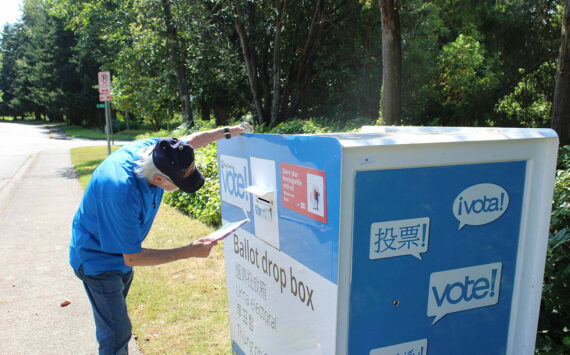Its not just you thats drowning in a sea of e-mail messages.
Im sorry to say that the trend predicts it will only get worse.
According to published research, the numbers show a 50 percent growth in corporate e-mail messages over the past year, with another 35-50 percent increase expected next year.
It becomes essential to get smart with handling e-mail using tools and coping strategies to preserve your sanity and get your work done.
There are features in commercial e-mail tools, like Microsoft Outlook and Eudora, to manage e-mail traffic more efficiently.
According to David Ferris, president of Ferris Research, a San Francisco-based consulting firm specializing in messaging and collaborative technology, rules-based features and folder systems now available in most e-mail systems are underutilized.
Ferris gave us his perspective on how to manage e-mail overload and organizational policies that can help people process their e-mail more efficiently and effectively.
Q: How much e-mail is an average worker getting nowadays?
Ferris: Most people receive about 30 messages per day, up 50 percent from last year. Some report receiving 80 or more messages a day.
The number of e-mails is rising in part because were more comfortable communicating this way.
Q: How much time do we spend on e-mail each day?
Ferris: On average, people spend more than five minutes to process each message.
Do the math. If you receive 50 business-related e-mails a day, you probably spend over four hours of work time handling e-mail.
Q: What can we do to control our e-mail?
Ferris: Individuals and companies need to smarten up on tools and coping strategies to avoid losing track of priorities and leaving important tasks undone.
E-mail programs have tools to help with overload. Create folders to cluster related messages. Set up each folder so it sorts messages by the sender, by topic, or by date.
Define a fitter that takes aging inbox messages – say, over 30 days old – and puts them into an aging folder to review. For example, messages can be filtered according to the senders identity, the project concerned, or urgency. They can be put automatically into folders of the user’s choosing, such as From Sue, or New Brochure, or Bedtime Reading.
Q: How can we improve our e-mail reading habits?
Ferris: Turn off your mail-alert chime or pop-up screen so you arent disrupted by new messages. Stick to a chunk of time during the day to read e-mail.
Q: Give us another good tip.
Ferris: One counterintuitive tip is when you return from a trip or vacation, process messages starting with the most recent, not the oldest.
Youll find that many issues no longer require your action, and you will find the office hot buttons sooner.
Q: Taking a look from the other side, I use e-mail for most business correspondence. Am I overusing e-mail and contributing to the e-mail overload problem in general? Are there instances when e-mail isnt appropriate?
Ferris: E-mails a great way to keep in touch with clients and prospects, but not for making cold contacts. Instead, make first contact with a phone call. Once youve established trust and a rapport with your client, then send e-mail.
Q: How can I keep e-mail sent to clients from getting lost in the shuffle?
Ferris: First, pay attention to your subject heading. It should be flattering, not slick, and convey how the recipient will benefit from opening the message.
And always close your text message with a furl signature line – an electronic business card – that includes all of your contact information.
Q: Many home businesses owners began with – and have kept – aol.com e-mail addresses. Your comments?
Ferris: Even if its not the case, an AOL address says youre a solo operation without a Web site.
For a professional image, set up a Web site with your own domain or company name in your e-mail.
Ferris Research is a market research firm specializing in messaging and collaboration. In other words, they study whats happening and will happen in world of digital technologies that help people communicate. Their Web site is at: www.ferris.com.
Dana Greenlee writes about technology every Friday in the Index. She is president of LoudVox.com, a recording studio and Web development company. She is also co-host of WebTalkGuys, a radio talk show featuring technology news and interviews. The show is broadcast on CNET Radio in San Francisco/San Jose, Boston and over the XM Satellite Radio Network Channel 130 every Saturday at 10 a.m. PST and Sunday at 7 p.m. PST. WebTalkGuys is also Web cast on the Internet on demand from:
www.webtalkguys.com.
It is also streamed live over CNET Networks at:
www.cnetradio.com
It is also available on the NexTel Wireless Web service through XSVoice.
Drowning in an e-mail overload
Tags: AOL, average worker, Boston, CNET Networks, CNET Radio, collaborative technology, Dana Greenlee, David Ferris, e-mail systems, e-mail tools, e-mail using tools, Ferris Research, folder systems, LoudVox.com., Microsoft, president, radio talk show featuring technology news, Reading, San Francisco, San Jose, Web development, WebTalkGuys, Wireless Web service, www.cnetradio.com, www.ferris.com, www.webtalkguys.com, XM Satellite Radio Network Channel






